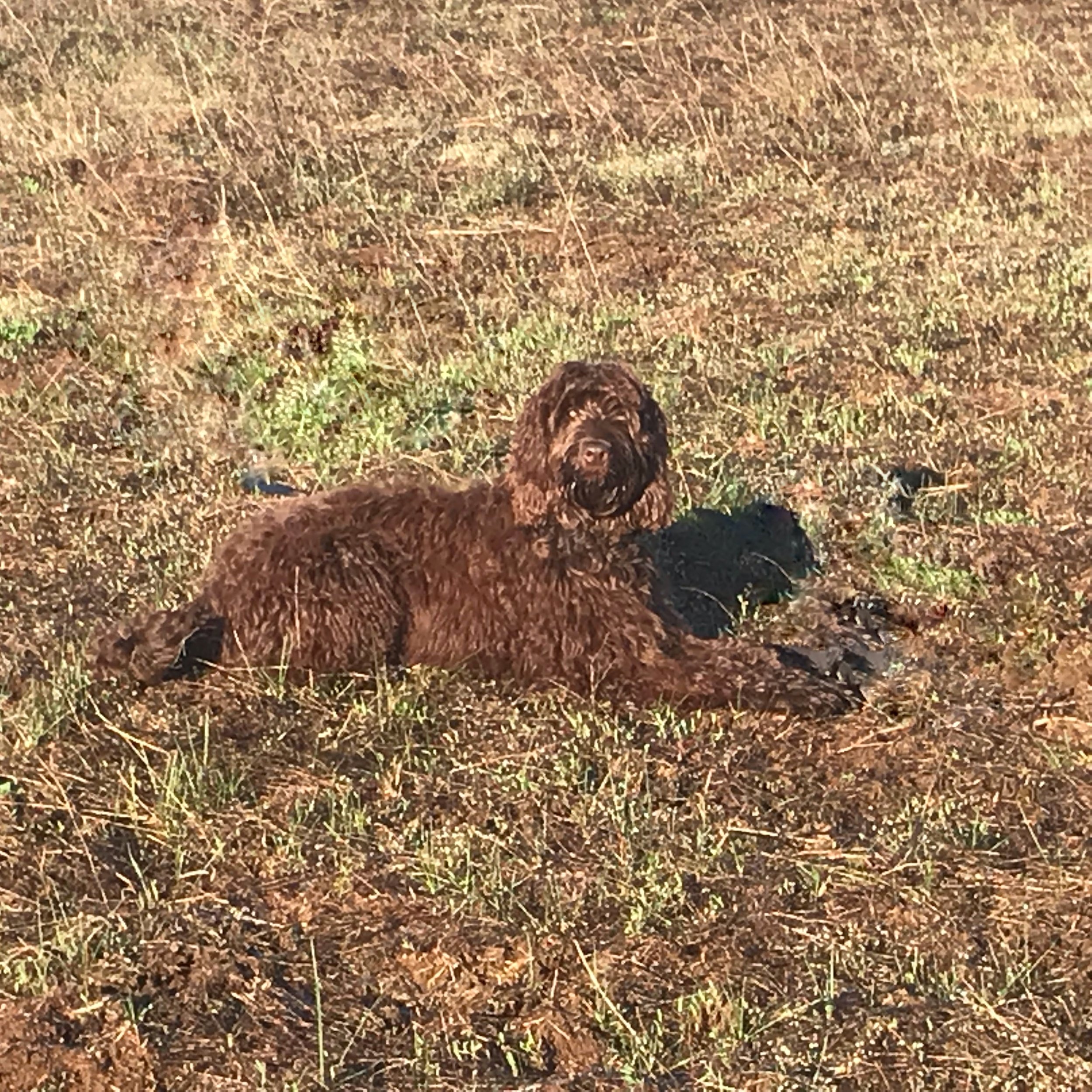“Whatever you allow gets reinforced.”
Matt Luchisnger
This morning in a private training session with Matt, owner North West Balanced Dog Training, as we were talking about Gracie-the-chocolate-labradoodle, he reminded us that whatever we allow her to do reinforces that particular behavior. If we ask her to lie down, and she begins to inch her way (still on her belly of course, since she’s a clever little girl) closer and closer to a toy or morsel of food, and we allow it, we’ve just reinforced that she is welcome to do so. Which she isn’t. Not if we want her to take us seriously. Which we do.
Prior to Gracie it just never occurred to me that what works when training a dog works pretty well when training a human too. Allow fearful thoughts to creep further in, and they will. Allow others to treat us with disrespect, and they will. Allow ourselves to look for the negative, and we will. Allow old stories to rule our life, and they will.
Whatever we allow gets reinforced.




